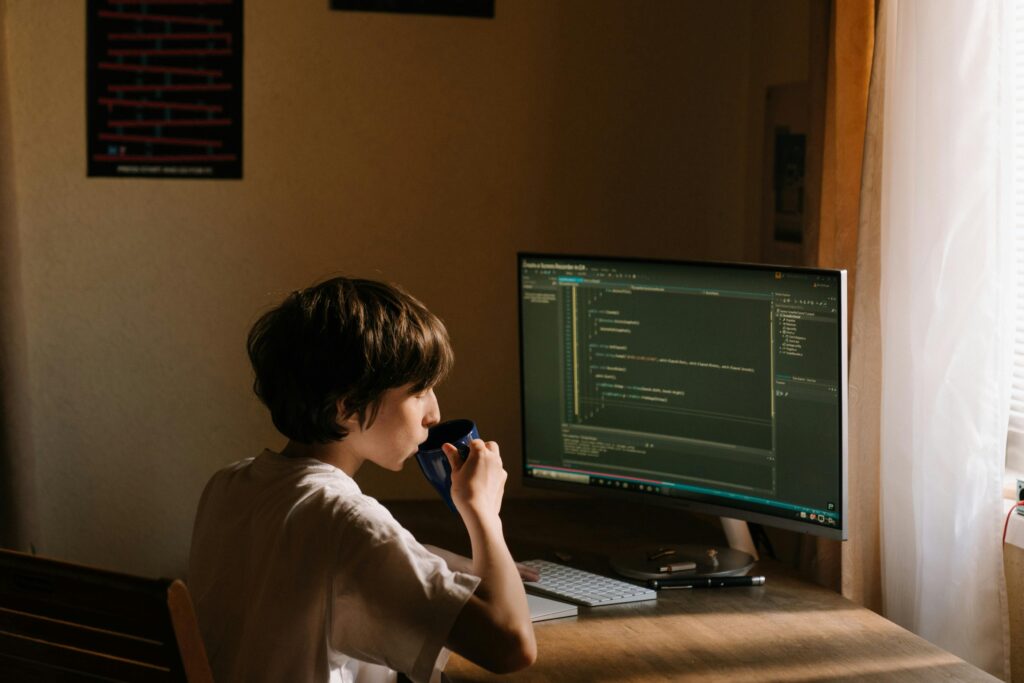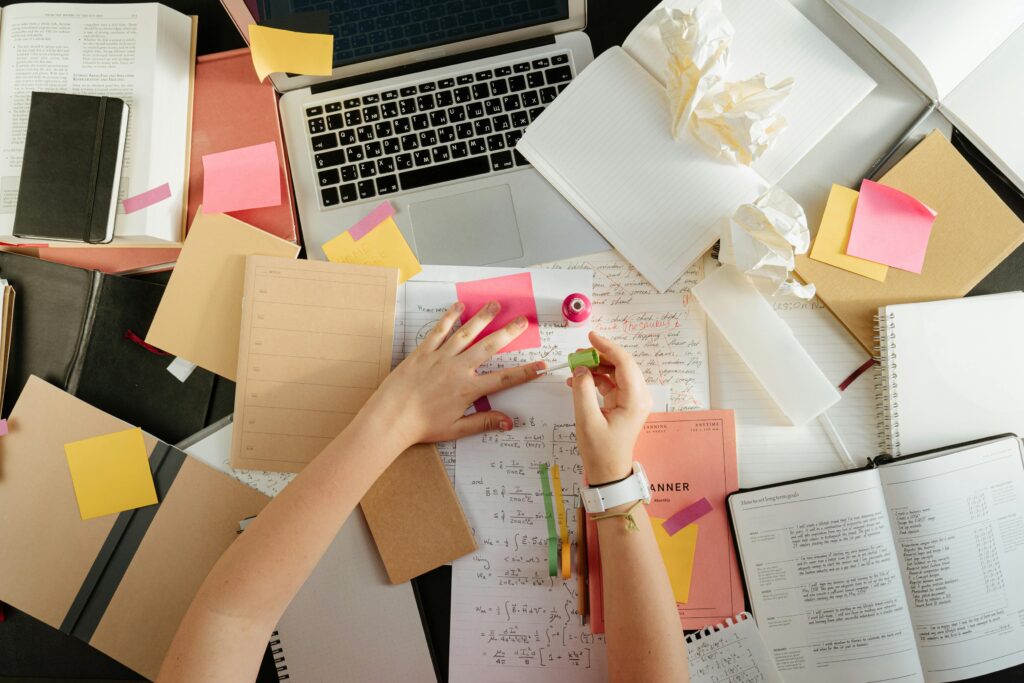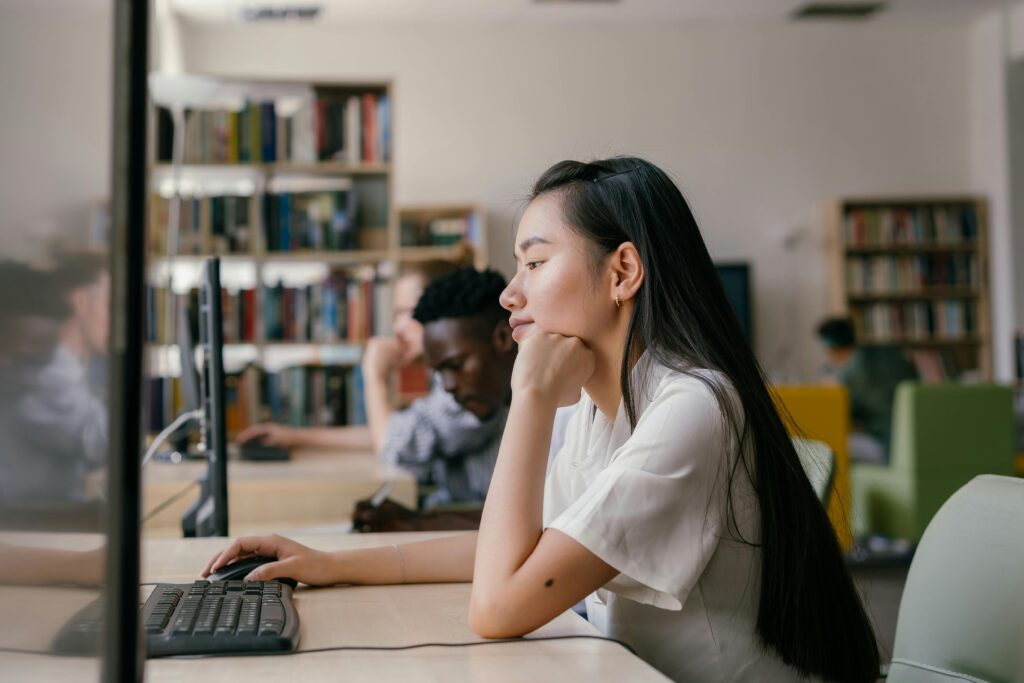
In a world where students copy, download, and share digital content daily, understanding copyright isn’t just a technical skill—it’s part of becoming a responsible digital citizen. Copyright laws protect creators’ work, and learning the basics helps students avoid unintentional misuse while building habits that support ethical learning, research, and communication.
Whether students are writing essays, creating presentations, or practicing touch typing using online resources, respecting digital content is essential. Copyright literacy empowers learners to use materials legally and confidently.
Understanding What Copyright Protects

Copyright covers original creative work—images, videos, articles, music, artwork, and more. When students find something online, they often assume it’s free to use. But much of what appears online is copyrighted, even if no copyright symbol is visible. Digital literacy involves understanding that creators automatically hold rights to their work.
A key concept to teach students is the difference between permission and access. Just because you can access a resource doesn’t mean you can reuse it. For example, downloading a photo from a website doesn’t give you the legal right to include it in a school project unless it’s licensed for reuse or falls under fair use.
Fair use allows limited use of copyrighted content for education, commentary, criticism, and research. However, fair use has boundaries, and students must learn to evaluate when it applies. Using small excerpts for school projects is often acceptable—but copying entire articles is not.
Teaching students to verify licenses is another essential step. Creative Commons (CC) licenses are a great starting point because they clearly state how content can be used, modified, or shared. Students should learn to look for CC icons, licensing notes, or attribution requirements before reusing any digital material.
Strong digital skills, including research techniques for students, help learners confidently evaluate sources, check permissions, and make informed decisions when using copyrighted materials.
Master Typing & Digital Skills with Typesy!
Go beyond keyboarding—Typesy helps you boost digital literacy, productivity, and efficiency in today’s tech-driven world.
Attribution is one of the simplest yet most overlooked responsibilities. When students include images or quotes in their assignments, giving proper credit is not just polite—it’s legally required. A good attribution includes the creator’s name, the title of the work, the source, and the license. With regular practice, students build confidence and avoid common copyright mistakes.
Typing skills also come into play here. Students often type out citations, notes, and attribution details manually. This reinforces consistency, accuracy, and attention to detail—qualities that improve both digital literacy and academic performance.
Another valuable practice is teaching students to create their own digital content. When they understand how it feels to have their work protected, they gain a deeper appreciation for copyright and creative ownership. Whether they’re typing essays, designing graphics, or recording videos, students quickly learn why respecting digital materials matters.
Helping Students Use Online Content Legally

One effective strategy is encouraging the use of content repositories that allow safe reuse. Websites offering public-domain or CC-licensed materials help students avoid copyright conflicts and give them access to high-quality resources. For younger learners, curated platforms are especially helpful in providing age-appropriate content.
Students should also understand the concept of ethical digital behavior, which supports safer and more responsible online engagement. When learners develop strong digital habits, they carry those practices into their academic work and beyond.
Educators can reduce confusion by modeling correct usage. Include proper citations in classroom slides, posters, and handouts. Demonstrating how to find and check licenses teaches students to follow the same steps in their own work.
Encourage students to ask questions if they’re unsure whether they can use something. Copyright choices aren’t always clear, and fostering a safe environment for questions helps prevent mistakes.
Finally, integrating these lessons into typing and digital-education activities reinforces both skill sets. When students practice creating, citing, and sharing work ethically, they build a strong foundation for lifelong digital competence.
Teaching students to respect copyright isn’t just about following rules—it’s about understanding creativity, respecting ownership, and navigating digital spaces responsibly. With the right guidance, every student can learn to use digital content legally and confidently.
Not on Typesy Yet? You're Missing Out!
Master typing, boost productivity, and enhance digital literacy with Typesy—the leading platform for adaptive and engaging typing education. Whether you're an individual learner, a homeschool educator, or managing a classroom, Typesy has the perfect solution for you!
Choose Your Ideal Experience:




